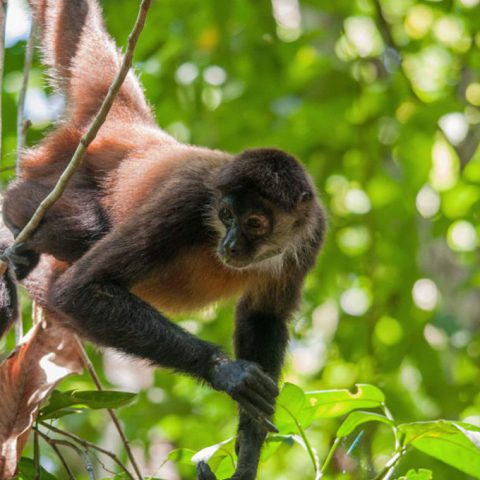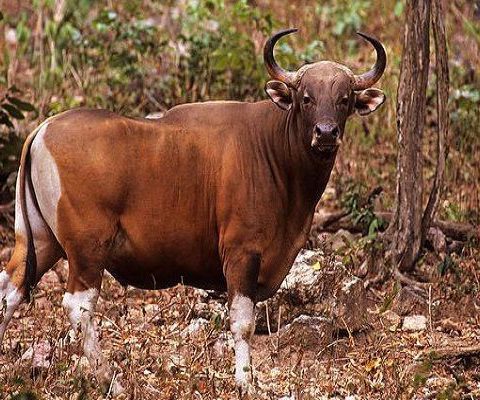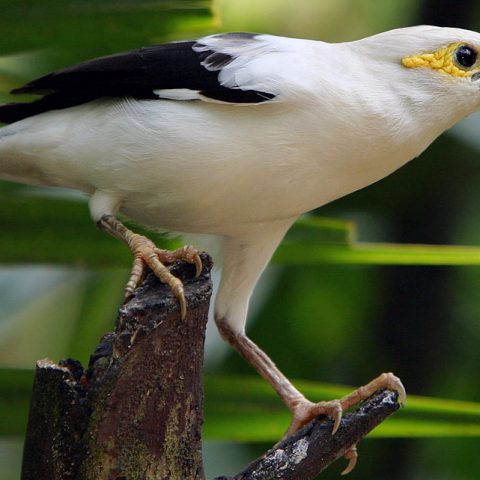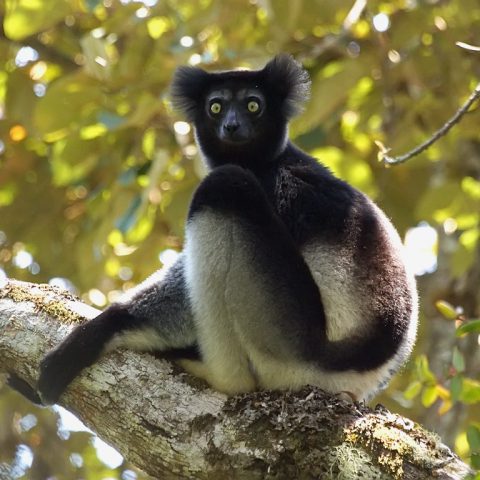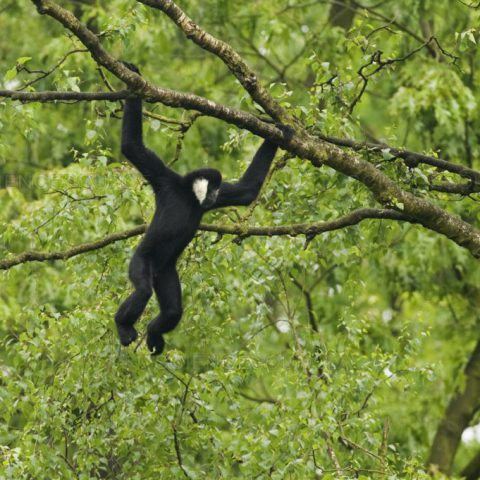Northern Sportive Lemur
![]() Critically Endangered
Critically Endangered
Population
It is estimated that only around 50 remain
Size
53 centimetres tall, 25 – 28 centimetres long – tail 25 centimetres
Weight
700 – 800 grams
Countries
Madagascar
Distribution
The remaining population of Northern Sportive Lemurs is estimated to be around 50 individuals.
The Northern Sportive Lemur is found in a very restricted range in Northern Madagascar. The species is only found in a small area which is from the left bank of the Loky River to the coastline.
Description
The Northern Sportive Lemur is named because of the boxing-like stance that the animals takes when it is threatened.
Features of the species include:
- The species is one of the smallest lemur species
- They have less prominent ears than other species
- They sport a grey-brown coloured fur coat and have a grey underside
- Often have an upright vertical posture which allows them to show off their hands and feet when clinging to tree branches



Quick Facts
- Lemurs can leap from their vertical position, making them incredibly agile
- The large forward-facing eyes of the Northern Sportive Lemu gives them binocular like vision
- Forage for food during the night and sleep during the day
- These animals sleep in holes or in dense foliage in trees from 2 metre to 8 metres
- Females often leave their young on a tree branch when they are forgaging for food
- Males of the species are solitary and territorial. Their territory will overlap with many female’s home ranges. These territories are aggressively defended during mating season
- Territories are marked through latrine behaviour
- The species can communicate through vocal communication calls. A crow-like call is used to reveal their presence
- Fruits & flowers
- At times it will even eat its own faeces to digest food for a second time
The Northern Sportive Lemur in dry deciduous forests (trees which lose their leaves) as well as wet, evergreen forests.
- Preyed upon by the native Malagasy Tree Boa when they are sleeping
- Preyed upon by birds of prey – Faloniformes and Strigiformes
- Human Charcoal production – removes the remaining forest habitat of the species and further restricts their range
- Hunting for bushmeat
Conservation Efforts
Lemur Conservation Network
Conservation Fusion connects communities across the world through innovative education programs that promote conservation actions. The organization currently focuses its efforts in Madagascar where it partners with research-oriented organizations – including the Madagascar Biodiversity Partnership – to undertake education outreach programs. Conservation Fusion has ongoing programs in northern (Antsiranana region), eastern (Analmazaotra and Kianjavato), and southern Madagascar (Lavavolo).



